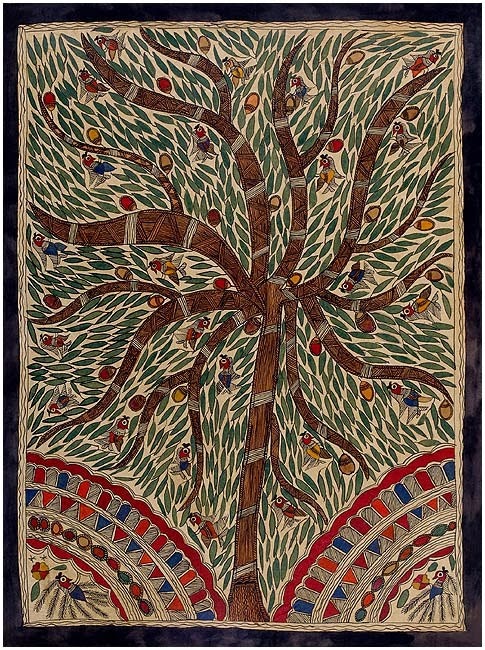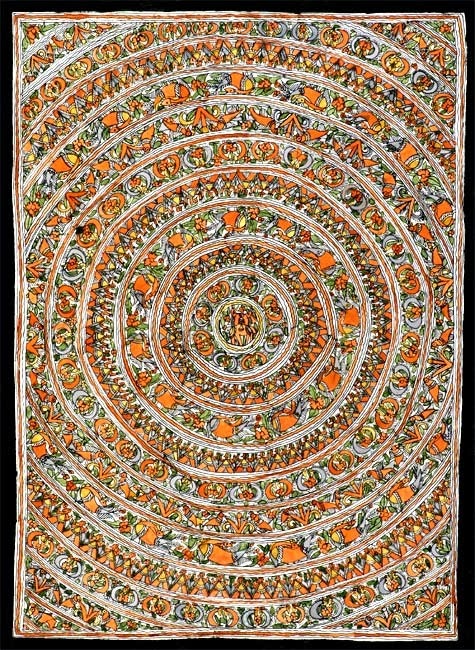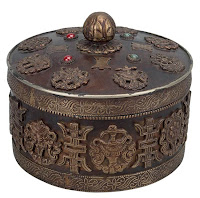A spectacular colour pattern and sharp and lines are manifest here as the mother goddess is trampling on Lord Shiva.
A
very powerful goddess in Hinduism, Mahakali is the repository of the
ferocious nature of power. Though lot of negative attributes are
associated with this goddess, worshiping her helps us get rid of evil
forces. She is wearing garland of human skulls and is holding a beheaded
human head.
Kali
is a Hindu goddess associated with eternal energy. Literally meaning
'black', but has by folk etymology come to mean 'force of time (kala)'.
Despite her negative connotations, she is today considered the goddess
of time and change. Although sometimes presented as dark and violent,
her earliest incarnation as a figure of annihilation still has some
influence.
Kali Paintings
is represented as the consort of god Shiva, on whose body she is often
seen standing. She is associated with many other Hindu goddesses like
Durga, Bhadrakali, Sati, Rudrani, Parvati and Chamunda. She is the
foremost among the Dasa-Mahavidyas, ten fierce Tantric goddesses.

















